Test driving the future at the Honda R&D HQ
MME spends the day trying out tomorrow’s tech, and next gen cars at Honda’s R&D facility in Tochigi
By Shahzad Sheikh
We joined a large contingent of international motoring journalists at Honda’s Research and Development facility in Tochigi just outside Tokyo yesterday for an eye-opening insight into the next generation of Turbo engines (including a go in the Type R unit), autonomous cars, the latest transmissions and accident-free driving technology.
Revtastic past
But first we were treated to a trio of past hits. Honda has an incredible heritage of innovative, over-engineered and fun cars, and three absolutely immaculate, seemingly factory-fresh, examples greeted us in the briefing area.
It was good to be reminded that Honda’s hybrid offerings date back almost as far as Toyota’s with the original Insight that came out in 1999. It weighed just 830kg and produced 70bhp with the best fuel consumption figure seen at that time. Although I did drive this when it first came out, and it was a very crude and rather raucous, noisy and hard-riding, but hey, it was all about making a statement.
I’d love to have tried the little 1983 City Turbo II – it would have been a properly buzzy little machine with a little 1.2-litre Turbo engine producing 110bhp with stiffed front and rear stabiliser bars giving it go-kart handling.
But most of us had eyes only for the 1997 Civic Type R with put out 185bhp at a screaming 8500rpm. It was the first Civic to wear Type R badge with a body weight of just over a 1000kg.
The presence of these two were particularly pertinent, given that we were going to get first taster of what the next generation Civic Type R would be like, now with a Turbo.
Cars that park themselves
How would you like to be able to drive up to the entrance of your favourite mall, get out of the car and walk off, giving the car an instruction to go park itself. The car then wonders off automatically, finds an appropriate spot and parks itself. And when you come out, it’ll return to pick you up.
The stuff of sci-fi? Well, not quite as we actually witnessed this in action. Granted it was a relatively simple set-up, but one of the cars was literally thrown a giant curve ball, with a child-sized ball in fact, suddenly blocking its path as it tried to return, and of course it duly stopped to avoid contact.
It’s all a matter of sensors and Wi-Fi signals communicating with the mall car park systems to enable the car to a) drive itself and b) find parking. It’s certainly some years off in terms of full implementation, although they will be trying limited trials soon.
Cars that drive themselves
But you’re thinking if a car can park itself, why can’t it just drive itself. Well it can actually. And we passengered in an Accord thus enabled. Again it uses a multiple array of gadgetry to provide itself with information, including vehicle-to-vehicle communication to know when other cars, bikes or mobility units are in the area and what they are doing.
It was uncanny and quite eerie to be just sitting there watching the car drive itself – personally I hate the notion – this was again a simple pre-programmed set-up, and Honda hasn’t tried any real-world tests yet, but the autonomous car is already real, it works (theoretically) and it is an inevitability. These cars are coming, and in some cases at least, they will drive better than most people on the roads at present. And I’ll just have to like it or lump it!
Micro-mini of the best kind, trying the MC-β
Talking of cars that can park and drive themselves, they should a similar set-up on a reconfigured Micro-EV concept from last year. The scenario being that the car was parked in a tight gap, so the driver simple walked up and instructed it – through an iPad to come out to her. And later on, she just got out of the car and told it to park – and it did.
This was also fitted with a ‘duck-following’ system which meant that once it was told the number plate of a lead vehicle, it would simply latch on and follow it faithfully without any input from a driver. Not sure why or how you would use it though, except perhaps for the world’s slowest car chase!
However the Micro-EV concept itself was a fascinating little vehicle and we got an opportunity to jump behind the wheel of the latest version – the MC-β – for a quick blast ourselves. And I have to say it was an absolute hoot – quick and agile and very responsive capable of speeds of up to 70kph. It’s very bike-like – down to its structural architecture, and has a two-seat tandem set-up with a narrow front seat allowing a rear passenger to stretch out their legs.
It has a range of 80km on a full charge, which takes 3 hours on fast phase 200V or 7 hours through a 100V supply. It’s tiny at just 2.5m long and only 1.3m wide so whilst it might not prove ideal on the Sheikh Zayed Road commute, it would be interesting to see how this performs in the busier city areas of our region.
Honda goes Turbo
The other big news from Honda is the arrival of the new generation of Turbo-charged engines – VTEC Turbo as they’ve dubbed them, and with good reason, because the units combine direct-injection Turbocharging with VTEC technology – ‘we have poured all the technology we have into these Turbo series engines’ we were told.
And after having an opportunity to sample each of the three – the 1.0-litre 3-cylinder Turbo, the 1.5 Turbo and the 2.0 Turbo on the banked oval test course at the venue – I’m not doubting that claim for a minute.
We tried the 1.0-litre in the Civic hatchback with a manual gearbox and whilst that may seem a big car for that unit, the engine certainly didn’t seem to struggle in pulling it along. We easily reached speeds of over 120kph and I would say it’s a decent if not desirable unit. Which is fine, because we’re not likely to get it here any time soon.
The 1.5-Turbo though, tested in a development mule bodied as a debadged Acura ILX is potentially the unit we could see in the next generation Civic. And with about 170bhp on tap, it was a remarkably strong and torquey unit that pulled very well indeed and thrummed nicely, even mated to an automatic. I think this could prove a popular unit and might give Civic the edge it needs to push it back up as the premium choice in its sector.
The next Civic Type R
The star of the show though, the car I really, really wanted to get my hands on was the 2.0-litre Turbo with over 280bhp in essentially the next generation Type R. Looking mean and potent in its all-black matte finish, though still rough around the edges being a prototype, it certainly had presence – not least because of the flared wheel-arches, side gills and massive spoiler.
Getting cosy in the tight-fitting bucket seats, the short-throw shifter fell easily to hand and I gently coaxed it out of the pits on to the oval. Once we were let onto the acceleration lane, I floored it and felt my jaw drop, my heart miss a beat and my neck snap back into the head rest as the torque instantly arrived and catapulted the dark missile towards the first banking.
The gearbox was excellent with quick snappy changes, but it was the engine doing all the talking, this was tuned for power and aggression and it was not disappointing. We easily reach the maximum allowed speed of 200kph and even then you felt you were holding it back on a leash.
The most obvious difference though from Type-Rs of old though is that all the fun is right there the moment you breathe on the throttle peddle, as opposed to having to go find it at the stratospheric end of the VTEC rev range. Some traditionalist will mourn the passing of the nutty rev-happy Hondas, but for most it will make the performance more accessible and entertaining. Here’s a four-cylinder that feels like a grunty V6 or even a V8.
The new Civic Type R is slated for a release in 2015, by which time they are aiming to grab the Nurburgring record for the fastest front wheel drive car – they are hoping to break under 8 minutes. Whether they bring the Type-R to our region or not is still up for discussion – one in which we shall make our voices heard for sure – but this engine will undoubtedly become available at some point – although perhaps in a detuned state.
8-speed dual-clutch auto with torque convertor
Honda’s working on a new eight-speed transmission that combines dual-clutch quick changing with torque convertor smoothness, and trying it out in an Accord, it has to be said, it does exactly that. Use the paddles and the changes occur instantly and yet the switchover is imperceptible.
It’s an extremely efficient system, almost too good though. Bear in mind that this is still being developed and that it was fitted in an Accord, so it’s probably logical to tune it for smoothness, but this is also the system that’s likely to go into the next NSX, and if it does, I want a bit more of a mechanical sensation and more aggressive and emotional change.
Carbon-bodied CRZ
I haven’t driven a CRZ before (oft regarded as the spiritual successor to the fabled CRX) and I haven’t driven one now. Okay this black car had the running gear and drivetrain from the CRZ but it was a pure prototype showcasing the use of lightweight composite carbon construction.
As such it was loud, crude and very hard riding, but the lightness and lower centre of gravity certainly made it a sprightly and nippy proposition. This approach is said to reduce weight by over 30% and increase acceleration by 40%. There is an internal target for putting this construction process into production cars, but they were not revealing it, admitting that the cost and complexity is a deterrent, so for now this type of car-making will remain the remit of supercar marques.
One feature I did like was the auto-opening roof panels. Because the tub comes up much higher than the regular door sill, they introduced these mini Gull-wing meets T-Type style opening roof-sections that automatically lifted up when the door was opened, so as to allow easier ingress and egress even for tall occupants. Frankly speaking it was a great solution and one that I think a lot of supercar and sportscar manufacturers should look at.
Fly-by-wire steering – Er…
The other car we got to try on the same tight infield ‘forest’ section as the CRZ, was a steer by wire system being tested on an Accord. It was good to be told that there was a mechanical back-up, but again I’m extremely sceptical when it comes to steer-by-wire, something I have trouble putting my faith in and I can’t really understand the benefits when you still have a back-up mechanical configuration.
As expected the steering felt light and easy to use, but was devoid of any kind of feel. Initial response and turn-in was a little over-eager and somewhat unsettling. Having said that, this is again still something they’re developing and working with, and I’m sure the initial response could be dampened. But I’m still not convinced they should bother with this.
PAWS & SHAWD – heh?
This is the technology you will see on the new NSX and here we sampled it across two different Acura RLX flagship saloons. The first was a car equipped with Precision All-Wheel steering (hence P-AWS) that allows electric rear steering that is even able to operate the rear wheels independently, right down to being able to turn them both inwards to aid in braking.
From behind the wheel it was remarkable how agile this large saloon car suddenly became, there was no hint of understeer, turn-in was keen and prompt and braking, even in the corners, was utterly stable. You got the sense that there was a great handling car beneath you that could do wonders, except for one thing – the steering just felt too remote with little feedback, thus limiting you from really exploiting the car’s new found prowess.
The SH-AWD – Super Handling All-Wheel Drive, in its latest iteration felt remarkably different. Not least because it was a hybrid powered car that employ individual motors in the rear wheels to operate them independently. Essentially it applies more or less torque to any rear wheel depending on the situation.
The result was the return of the sort of understeer you’d expect in a big car like this, but dramatically subdued. What was more apparent was the astonishing grip and poise, and somehow the steering possessed a little more feel. Consequently, whilst you get the impression that this version is not as articulate through corners as its eloquent P-AWS sibling, it was the more satisfying to chuck about. Of course it will be interesting to see what happens when they combine these systems.
Fit to be tasted – Honda Jazz, EV & hybrid
The Fit – or the Jazz is one of Honda’s best cars, and the all-new car (which won’t arrive in our region for another year) is being pushed hard. I have to say that whilst initially taking a dislike to its styling, having seen it in the metal, particularly outfitted with bodykits, it is a far more appealing proposition, and quite a handsome car, although it does appear somehow to be slightly bigger than the previous car.
We got to try two versions on a very short course during our day out at Tochigi. First up the hybrid – an impressive and perfectly competent machine. But the real shocker was the all-EV version. Drive in normal mode was nothing to write home about, but stick it in sport and floor it and the acceleration is literally electric! We won’t get the EV, probably not even the Hybrid for that matter, but my brief run in the new car does suggest the new Jazz might well be worthy successor to the current cutie.
Hit it you dummy! Accident-avoidance Accords
Finally we got to sample accident-avoidance technology in an Accord. First we were told to accelerate to 40kph and steer directly towards a dummy at the side of the road. It goes against natural instincts, but stick with it and you feel the steering tug and if your grip is loose enough, actually take over and steer around the ‘pedestrian’. Very impressive for a scenario in which you may be distracted or nodding off.
Similarly the braking system was even more impressive. At 50kph we were told to drive straight ahead and maintain speed and direction no matter what. This time a ‘pedestrian appeared out of nowhere’ leaving no time for you to react – had you not expected it of course – but at the last minute it seems the Accord makes a call and slams on the anchors hard. It’ll leave your heart racing as much as it will the hapless pedestrians’ if they were real of course.
This is, along with the earlier mentioned autonomous systems, what will help Honda meet expectations, admittedly also furiously pursued by most other major manufactures, for totally accident-free traffic by 2020 at the latest.
(Hisham shown in the above video, does actually work for Honda Middle East, but this was the first time he had ever tried this system).
Where ‘Power of Dreams’ come true?
Taking of which, when will all this crazy tech reach us? Well as indicated above some of the tech discussed is already in production cars, whilst most of the rest of it is in various stages of development.
But this is not just playtime for engineers, this is serious stuff. This facility at Tochigi is Honda’s R&D HQ, but it’s one of several facilities including around the globe, and the Japanese giant spends 5% of its total revenue on research and development.
The key thing for us both as customers and enthusiasts is a lot of what we saw was heartening, and gave credence to the claims that Honda is pursuing cleaner and safer motoring, but through re-injecting fun and emotion. This comes through the returning emphasis on engineering and innovative new solutions, and in these areas at least (if not quite still in overall design and styling) some of the old Honda spark does indeed threaten to make a comeback.
We’re really hoping so, and genuinely rooting for all those earnest engineers that I met, so eager, keen and sincere to hear my humble feedback and opinions on technology they’d spent many years developing, honing and refining.
Great things will come Tochigi, and I’m grateful to have had a glimpse of what, how and why.
[Next day we visited Honda’s newest and most advanced factory at Yorii. Click here to read about it]
Let us know what you think of these technologies and which you are looking forward to the most
*More pictures to come, check back later


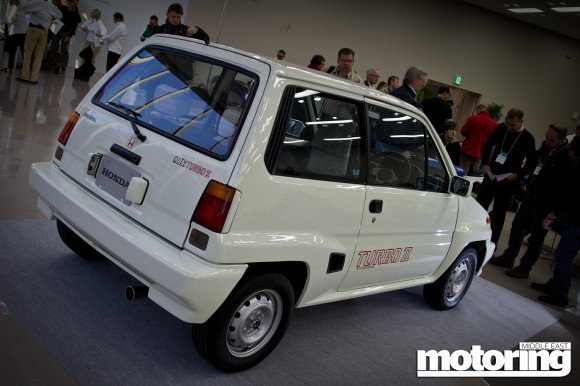
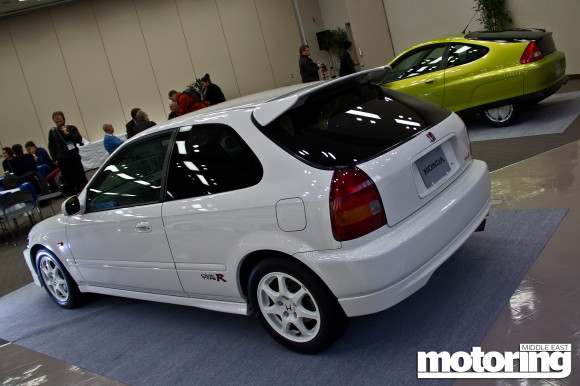
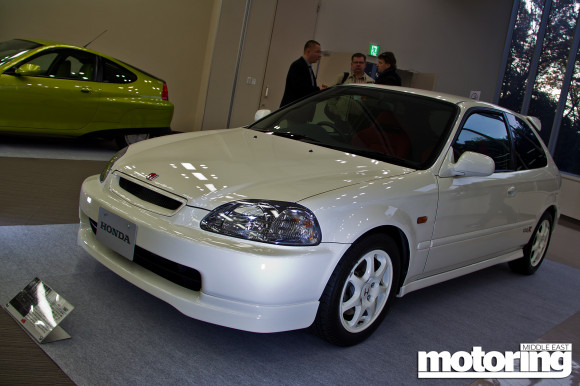
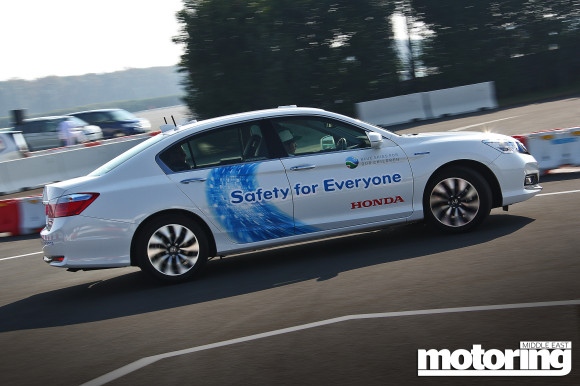
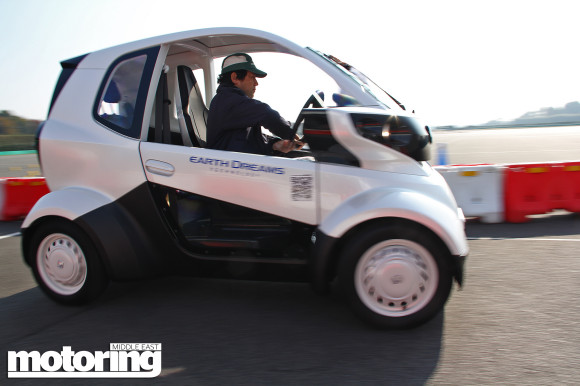
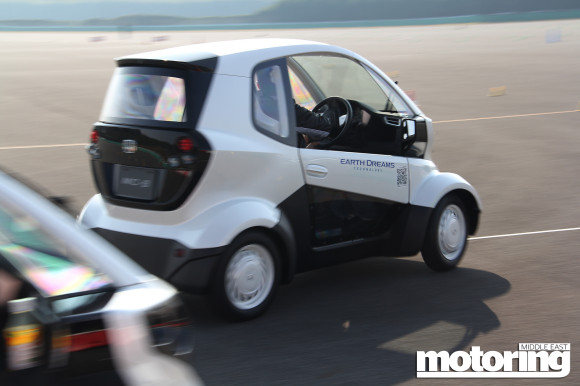
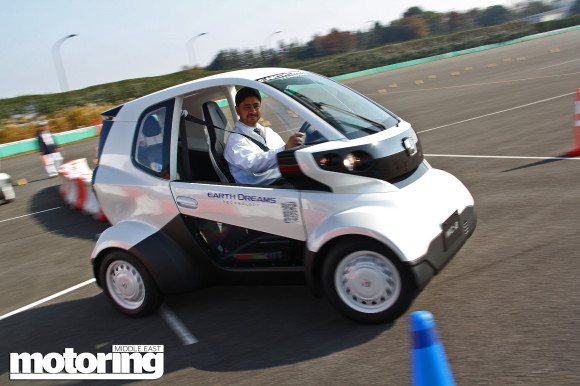
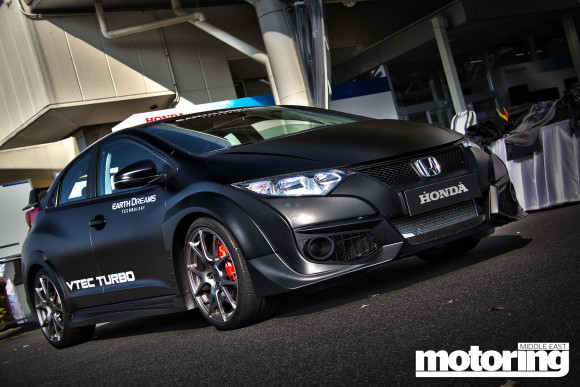
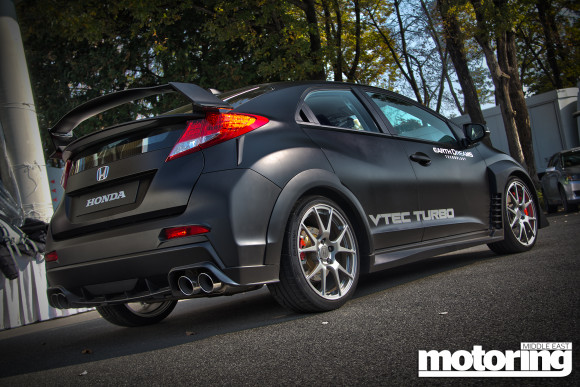
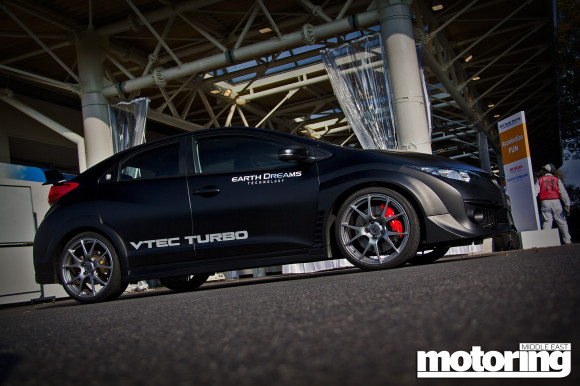
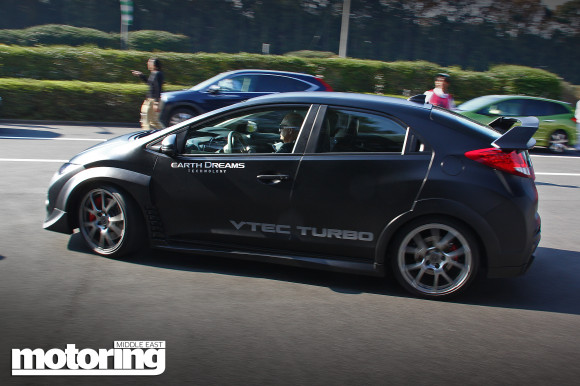
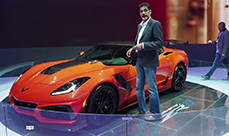

Loved this!